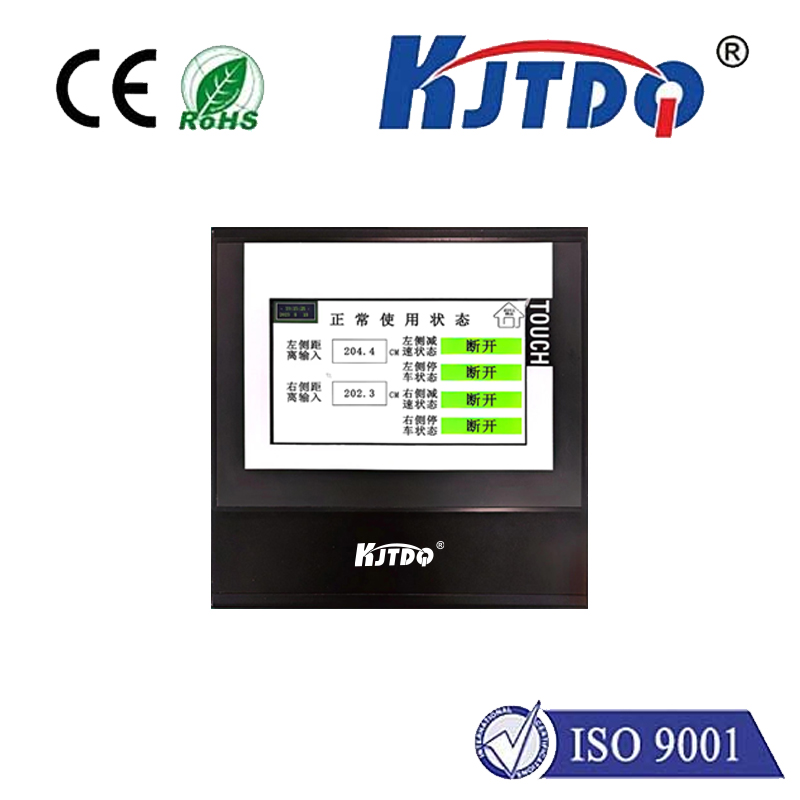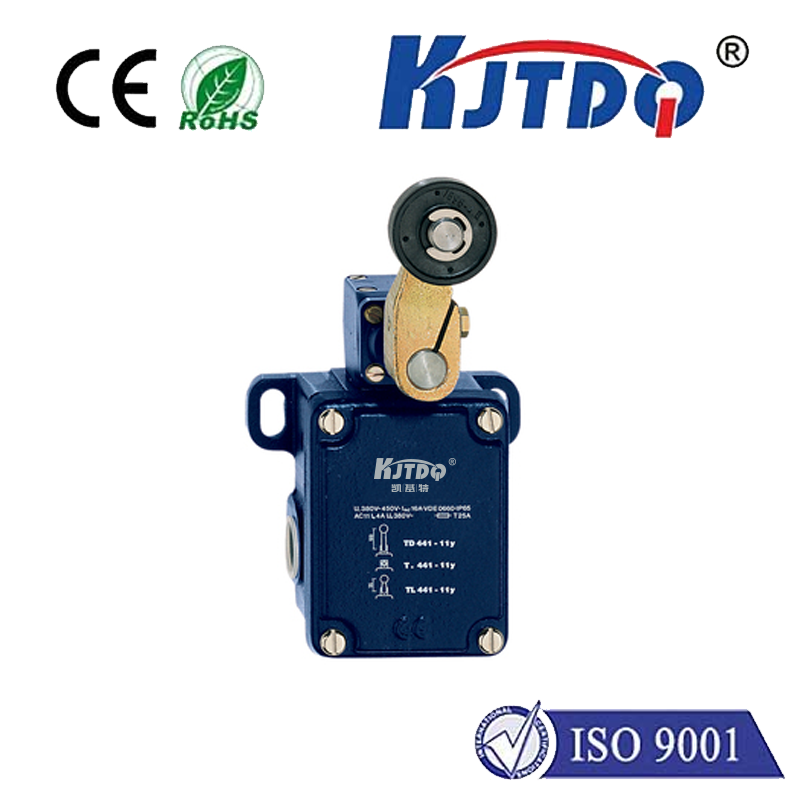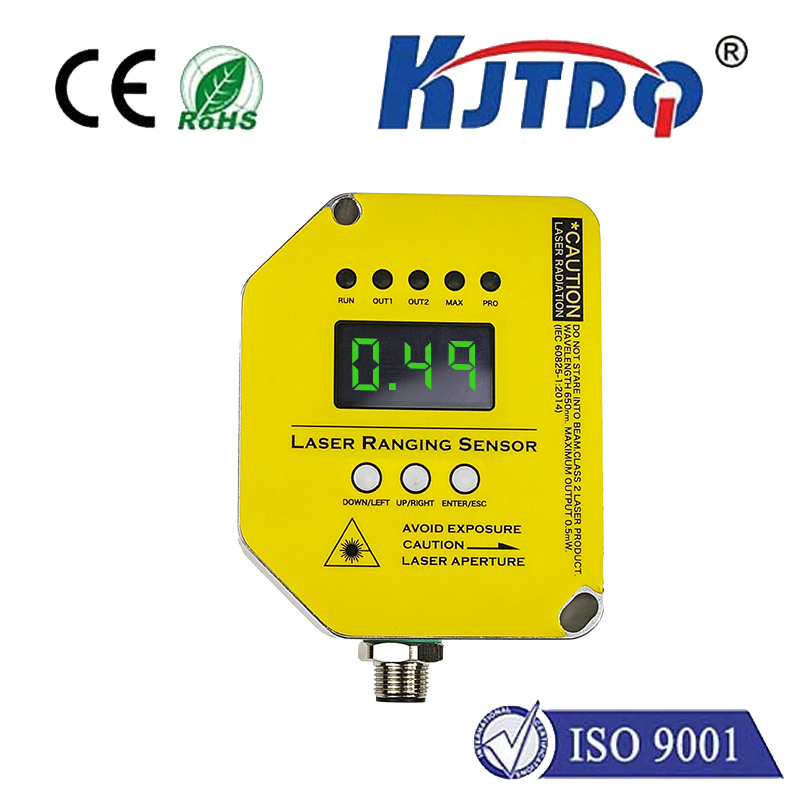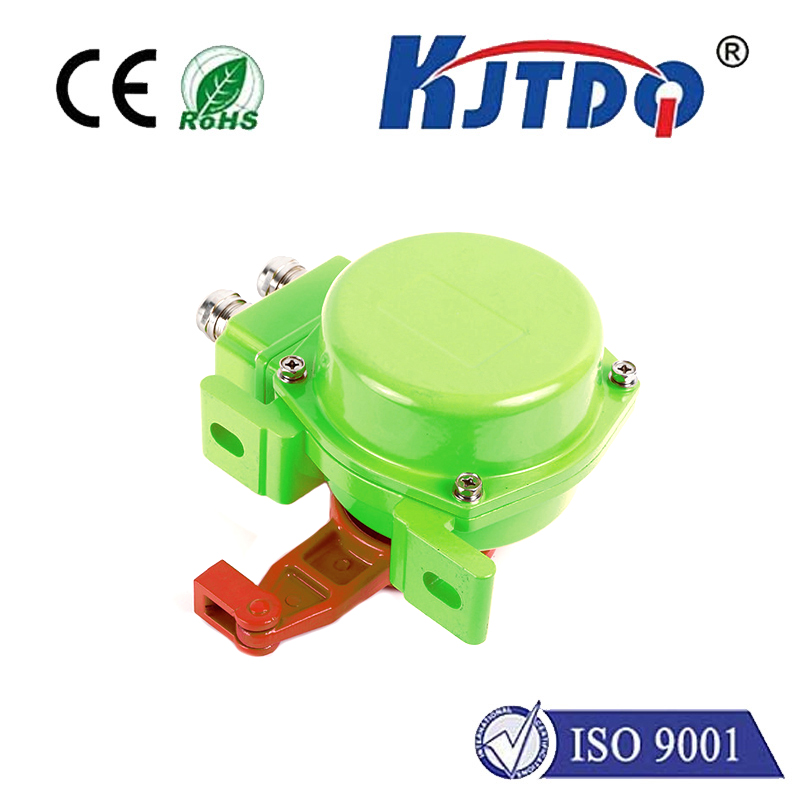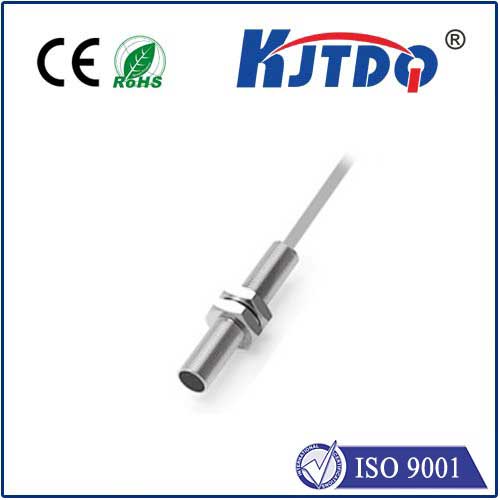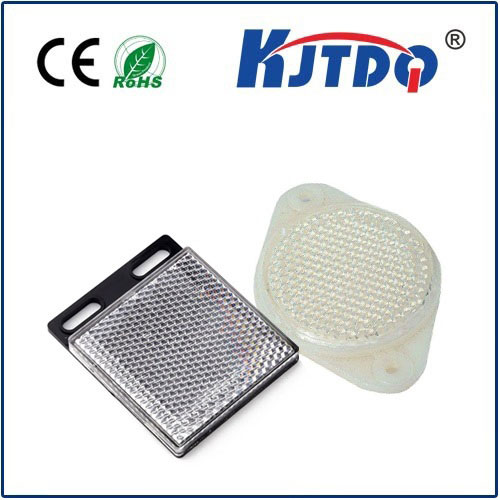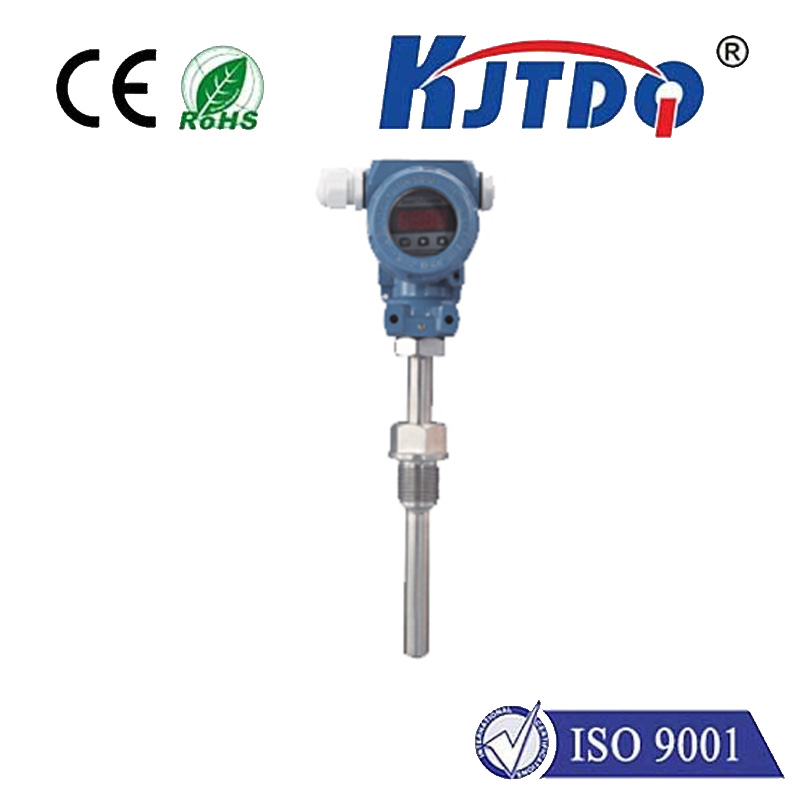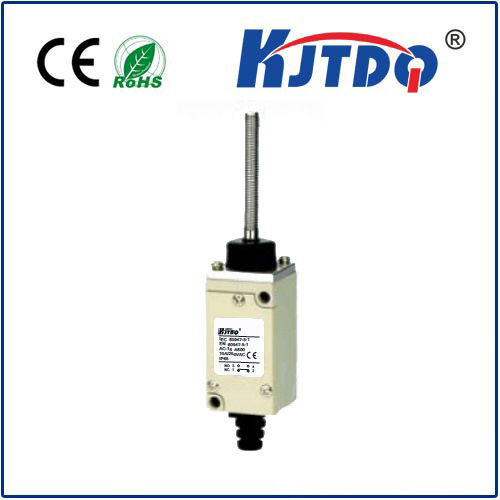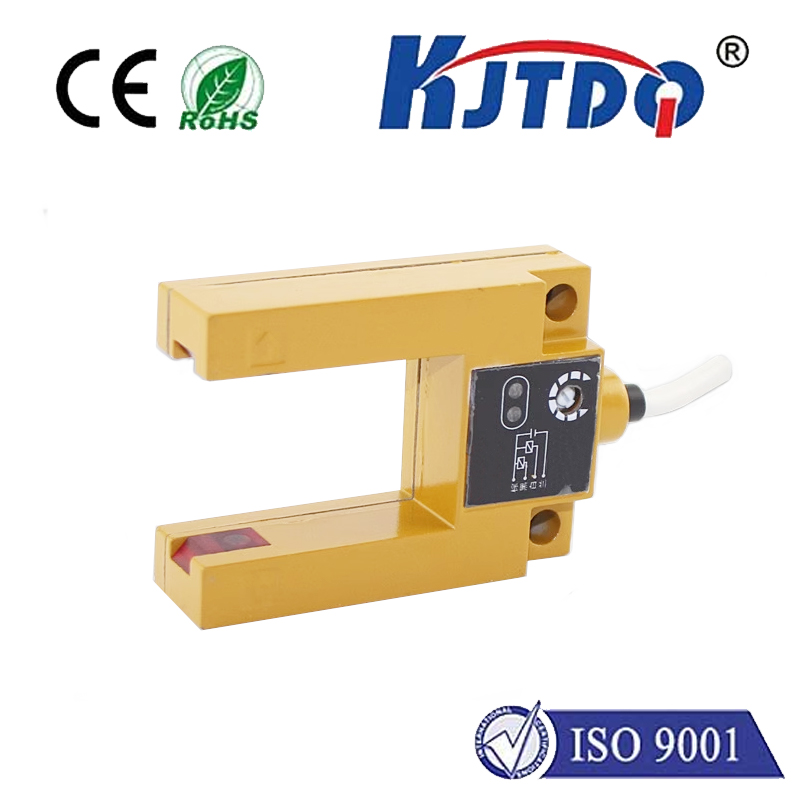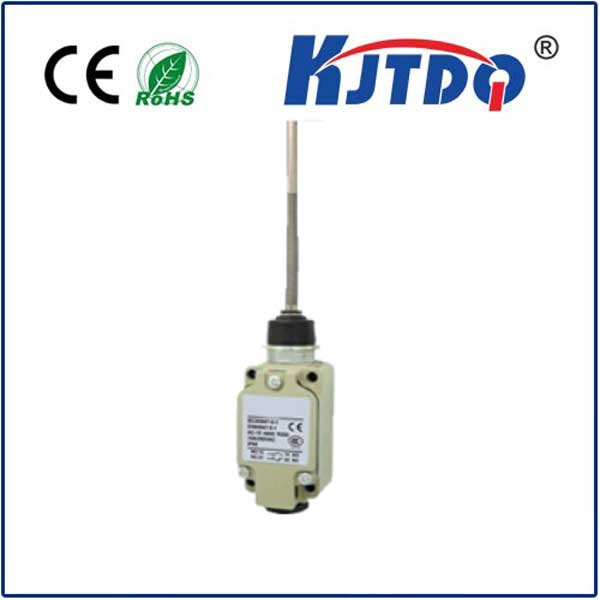
check

check

check

check

Title: The Intricacies of Sensor Capacitive Proximity Technology Capacitive proximity sensors, a cornerstone in the domain of electronic sensing, offer a fascinating glimpse into how modern technology can interact with our physical world. These devices leverage the principles of capacitance to detect the presence of an object without making direct contact, thereby enhancing reliability and expanding the scope of applications across various industries. At the heart of capacitive proximity sensors lies the concept of电容 (capacitance). Capacitance is the ability of a system to store electrical energy in a electric field. In a capacitive sensor, this typically involves two conductive plates separated by an insulating material. When an object approaches one of these plates, even if it’s not directly touching it, the capacitance between the plates changes. This change is measurable and allows the sensor to detect the object’s proximity. The working principle of capacitive proximity sensors revolves around the alteration of the electromagnetic field surrounding the sensor’s active electronics. As the dielectric constant between the sensor’s plates changes with the introduction of an external object, the capacitance shifts. This change triggers an electronic response within the sensor that can be processed to determine the object’s distance or presence. It is through this delicate dance of electrical charges and fields that these sensors can perform their remarkable task. One might wonder about the practical applications of such a device. With their non-contact nature, capacitive proximity sensors are ideal for environments where mechanical switches would wear out quickly due to frequent use or exposure to contaminants. They are widely used in industrial automation to count parts on a production line or to inspect for the absence or presence of a machine part. Moreover, they can be found in everyday household items, such as automatic faucets and lighting systems, providing a touchless user experience that enhances convenience and hygiene. Beyond their functional utility, capacitive proximity sensors represent a leap forward in innovation, illustrating a trend towards more intelligent and responsive technologies. As research and development continue, we can only anticipate advancements that make these sensors even more precise, efficient, and ubiquitous in our increasingly connected world. In conclusion, sensor capacitive proximity technology is a testament to human ingenuity in harnessing basic electrical principles for practical gain. It serves as a vital component in many cutting-edge systems and offers a peek into a future where seamless interaction with our environment is ever more commonplace. Whether in grand industrial designs or subtle domestic conveniences, capacitive proximity sensors are quietly at work, revolutionizing the way we sense and react to the space around us.
